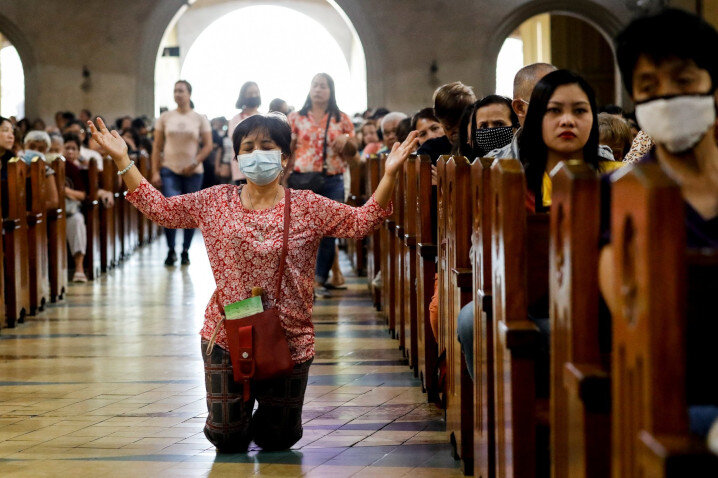It’s Holy Week, and being one of the countries that have the most number of Catholics and Christians, a large number of people flock to the churches.
Holy Week holidays this year falls at 28th, 29th, 30th and 31st of March. Long weekend, so expect a heavy traffic and long lines.
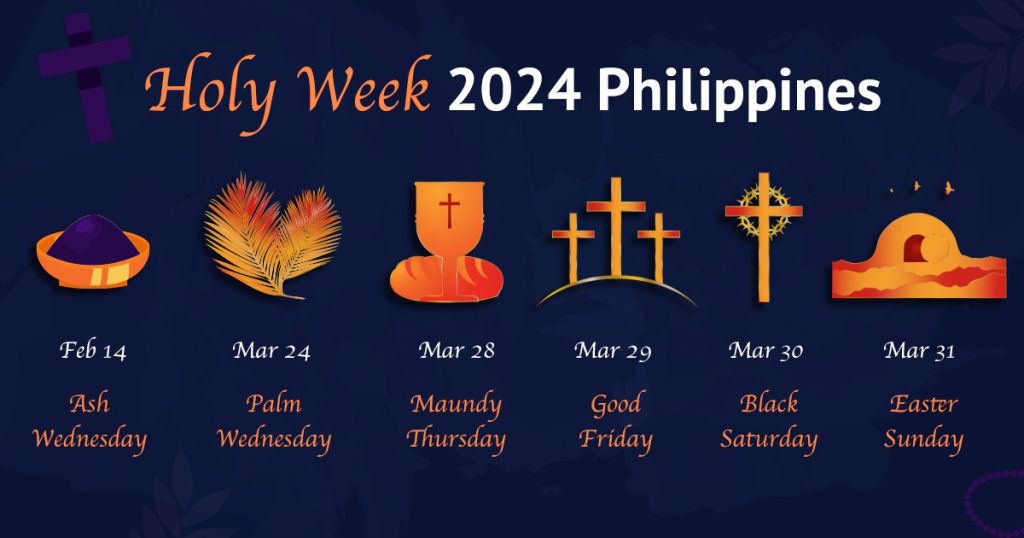
But are you curious about why on these days, people, especially the old ones are in the churches?
Visita Iglesia which translates to “church visit” in Spanish, is a cherished tradition observed by Catholics in many parts of the world, particularly in countries with strong Catholic traditions such as the Philippines and Latin America. This tradition typically takes place during Holy Week, specifically on Maundy Thursday, as part of the commemoration of the Last Supper and the passion of Christ.
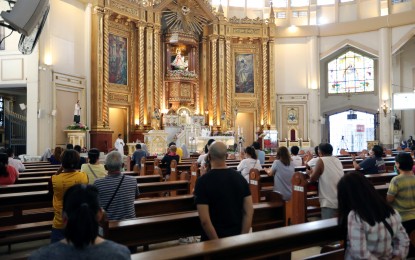
During Visita Iglesia, Catholics undertake a pilgrimage to seven different churches, symbolizing the seven last words of Jesus Christ on the cross. The practice of visiting multiple churches dates back centuries and holds deep spiritual significance for believers, offering an opportunity for reflection, prayer, and penance as they journey from one sacred site to another.
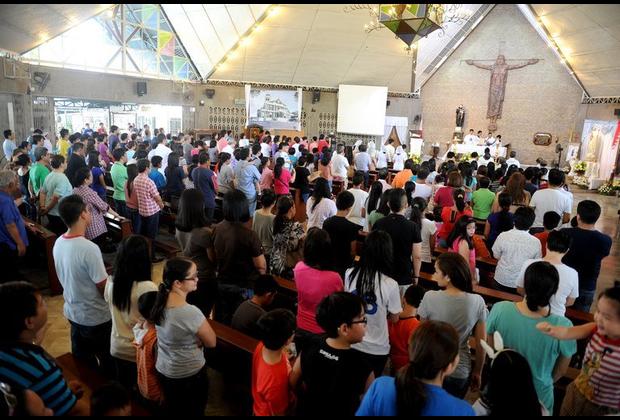
In this article, we will give you a list of churches and chapels that you can visit during Holy Week. Most of them can be found in Manila, as the heart of the Catholic Church is there, Manila Cathedral.
On the top of the list, as said above, where the Archbishop of Manila does his mass every day:
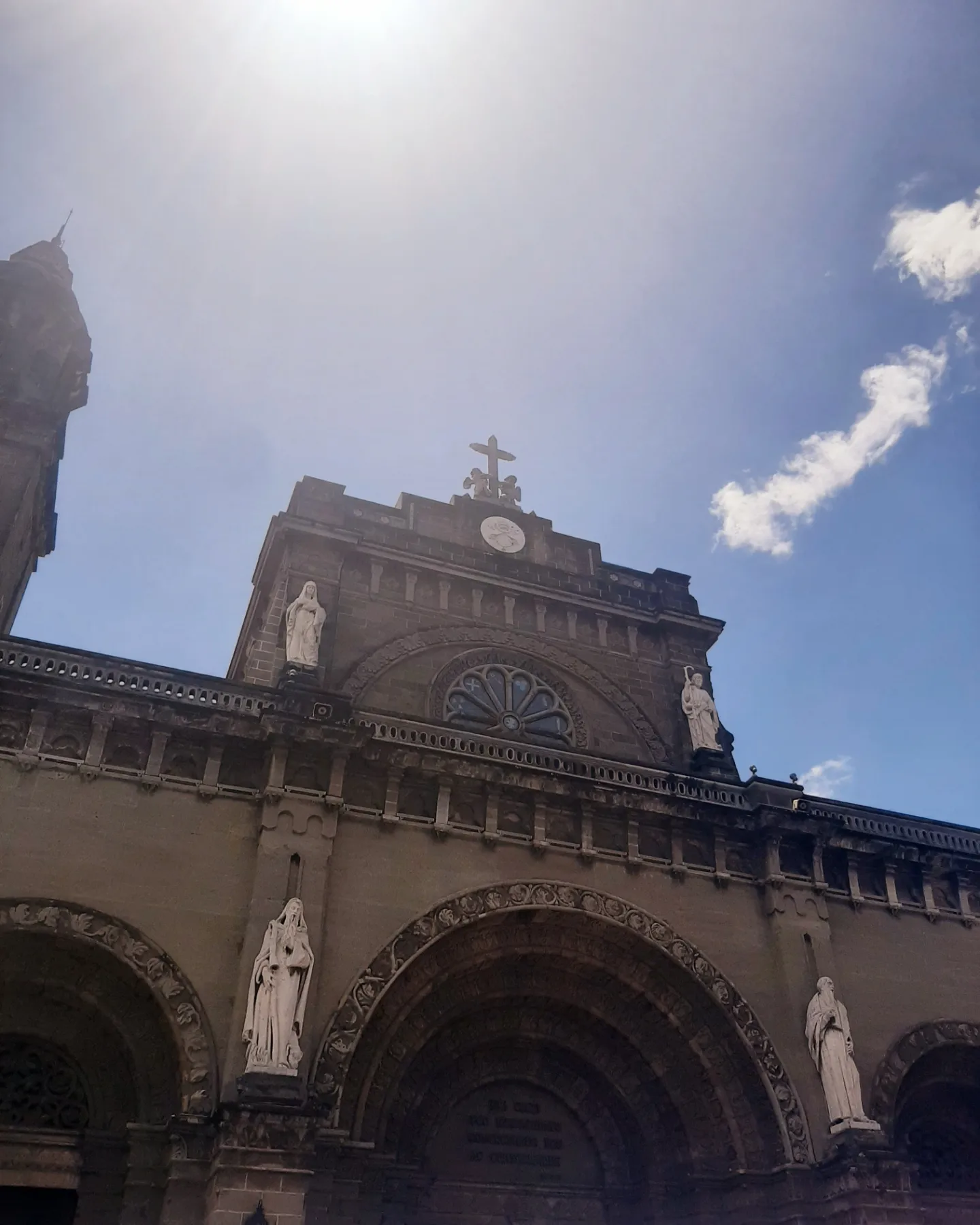
Manila Cathedral, officially known as the Minor Basilica and Metropolitan Cathedral of the Immaculate Conception, is a prominent Catholic church located within the historic district of Intramuros in Manila, Philippines. It is the seat of the Archbishop of Manila and serves as the mother church of the Archdiocese of Manila.
A popular destination for tourists, pilgrims, and worshippers alike, attracting visitors who come to admire its architecture, attend religious services, or simply seek solace and reflection in its serene atmosphere.
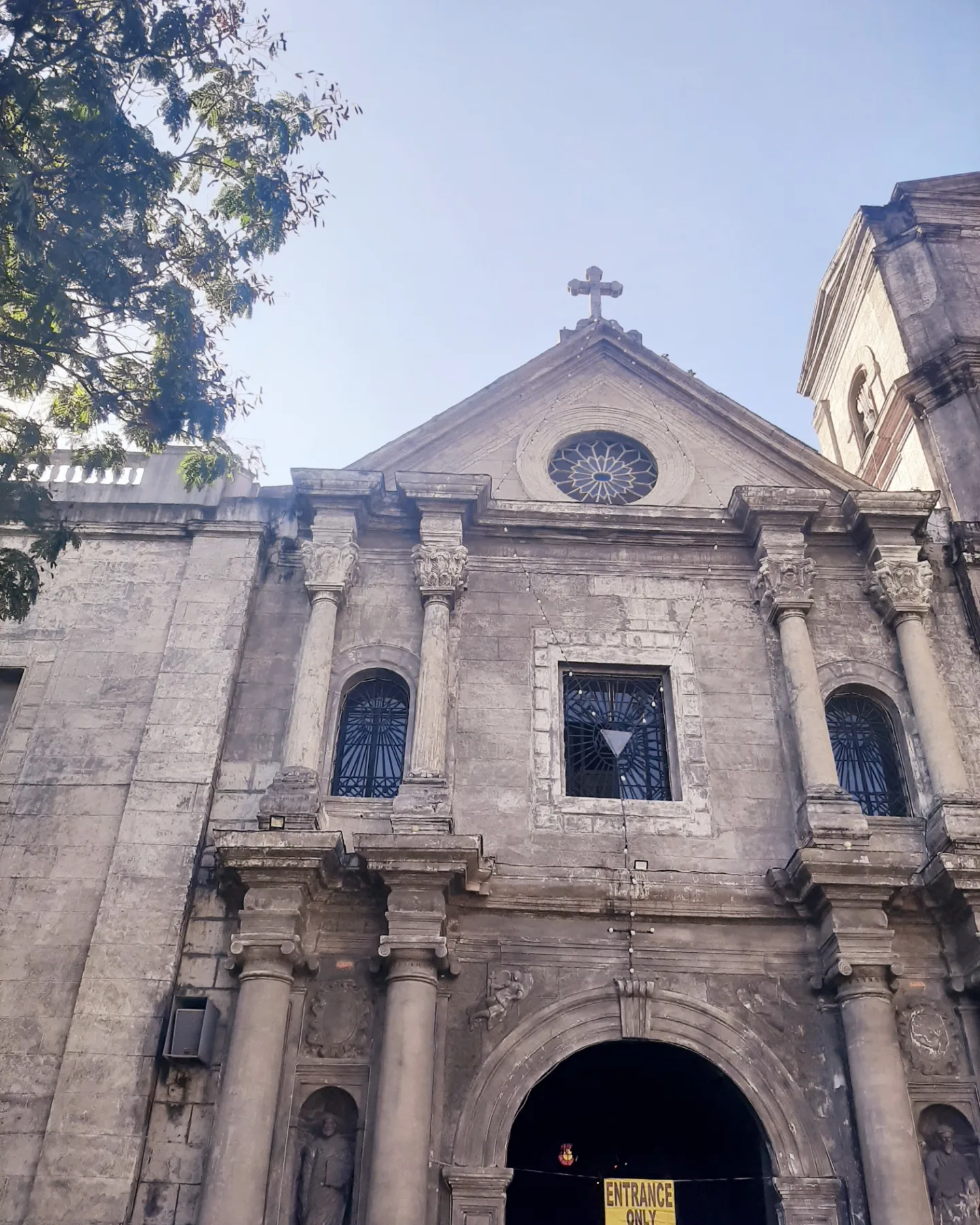
San Agustin Church, also known as the Archdiocesan Shrine of Our Lady of Consolation and Cincture or the Immaculate Conception Parish is also a go-to church in the Walled City. Same as Manila Cathedral, this church was rebuilt many times. It has a museum on the left, which is a seminary before.
The church is renowned for its Baroque architecture, featuring ornate designs and intricate details. a popular destination for tourists, pilgrims, and worshippers alike, attracting visitors who come to admire its architecture, attend religious services, or simply seek solace and reflection in its serene atmosphere.
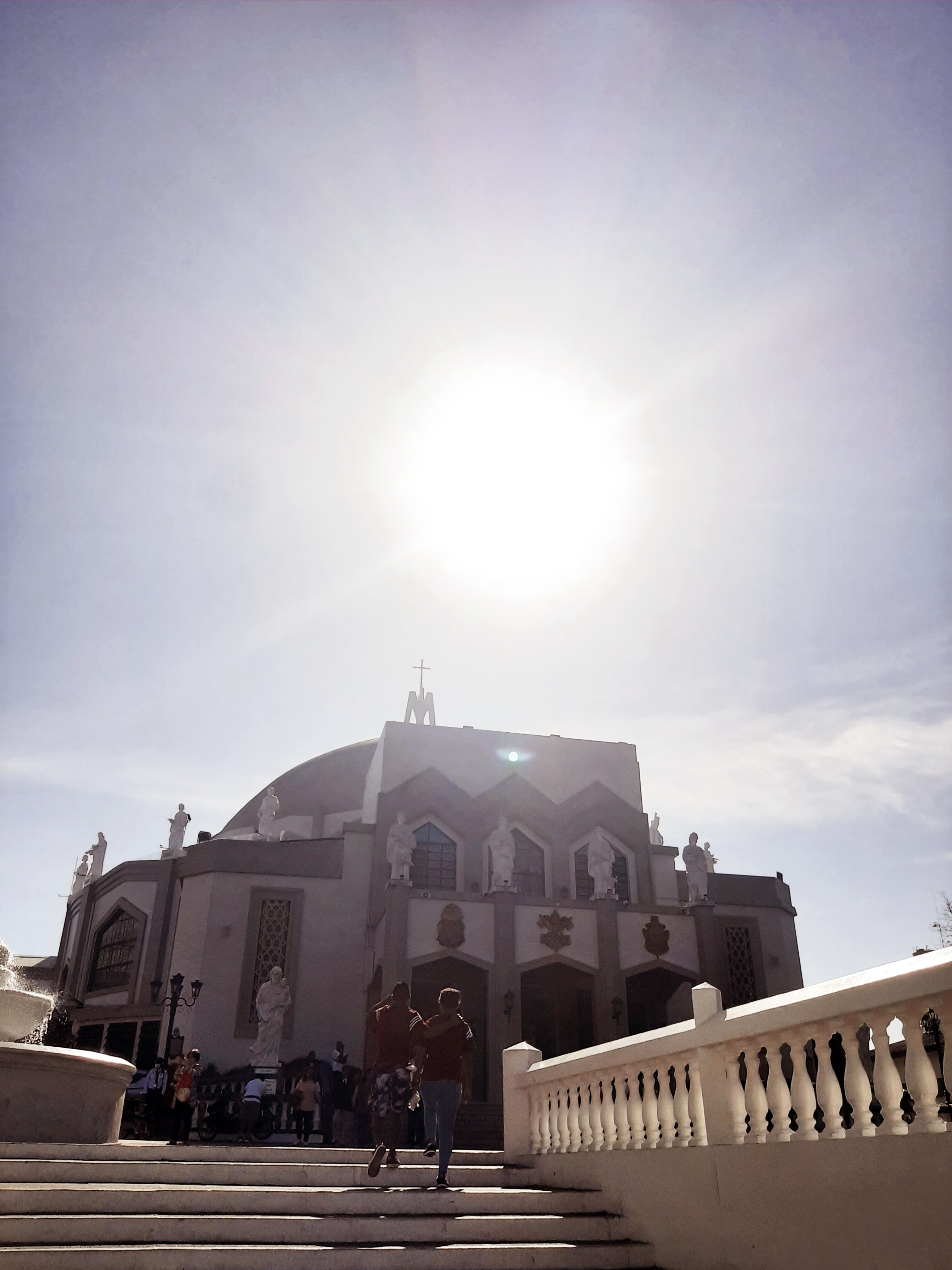
The Antipolo Cathedral, officially known as the National Shrine of Our Lady of Peace and Good Voyage, is a Roman Catholic church located in Antipolo City, Rizal Province, Philippines. It is one of the most important pilgrimage sites in the country and is dedicated to the Blessed Virgin Mary under the title Our Lady of Peace and Good Voyage.
The cathedral is famous for its image of Our Lady of Peace and Good Voyage, which is believed to be miraculous and is venerated by millions of Filipino Catholics. Pilgrims from all over the country flock to the cathedral, especially during the annual pilgrimage season in May, to pay homage to the Virgin Mary and seek her intercession for safe travels, good health, and other intentions.

Quiapo Church, officially known as the Minor Basilica of the Black Nazarene, is a Roman Catholic church located in the district of Quiapo in Manila, Philippines. It is one of the most famous and revered churches in the country, drawing millions of devotees and visitors every year.
The church is dedicated to the Black Nazarene, a life-sized image of Jesus Christ bearing the cross, which is believed to be miraculous and has been venerated since the early 17th century. The image is dark in color due to centuries of exposure to candle soot and incense.
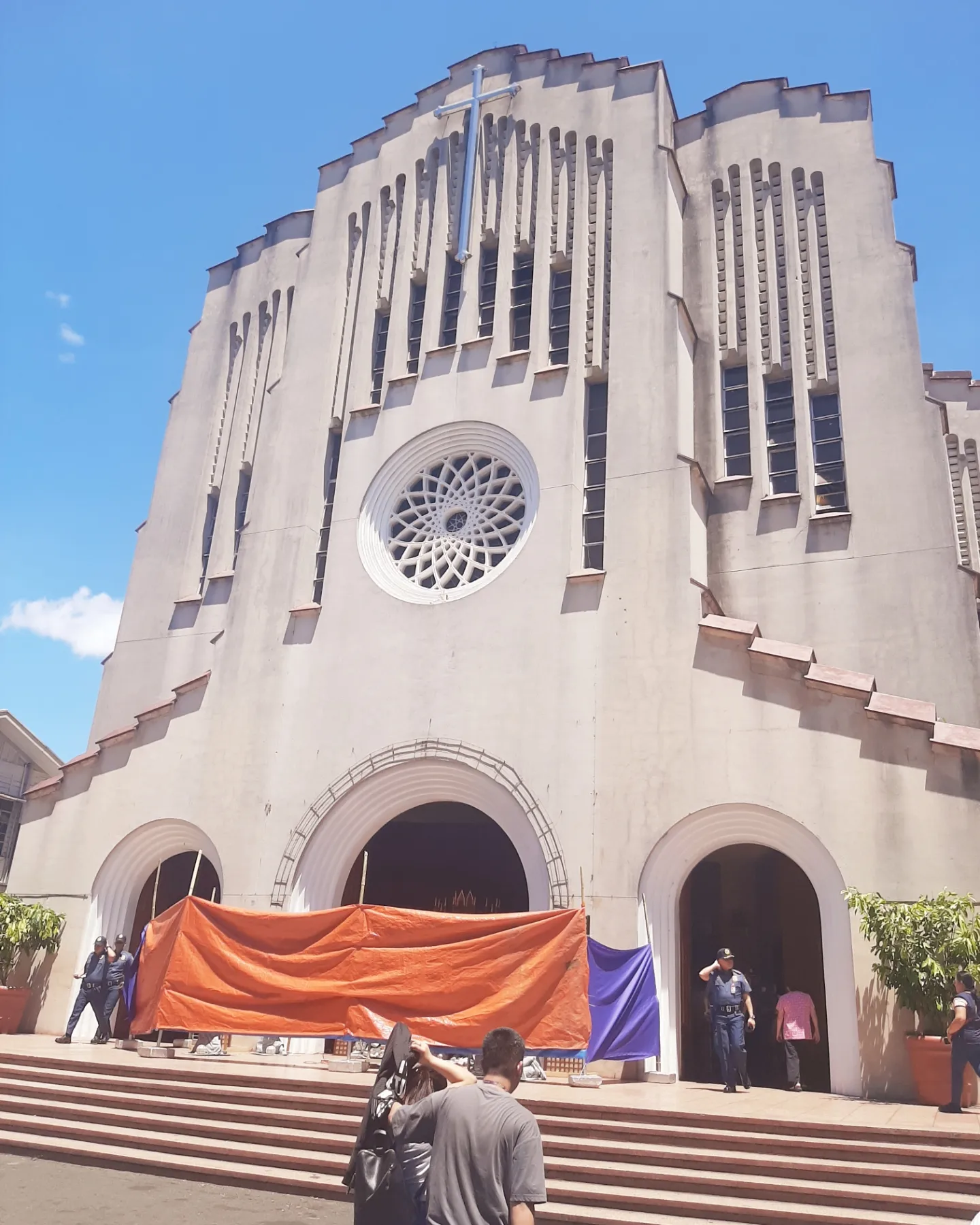
Baclaran Church, officially known as the National Shrine of Our Mother of Perpetual Help, is a Roman Catholic church located in Baclaran, Parañaque City, Philippines. It is one of the most popular and well-attended churches in the country, drawing millions of devotees and visitors annually.
The church is particularly renowned for its Wednesday Novena Masses, during which thousands of devotees gather to participate in prayers, worship, and reflection. The Novena to Our Mother of Perpetual Help is a cherished tradition for many Catholics, who come to seek the intercession of the Blessed Virgin Mary for various intentions, including healing, guidance, and spiritual blessings.
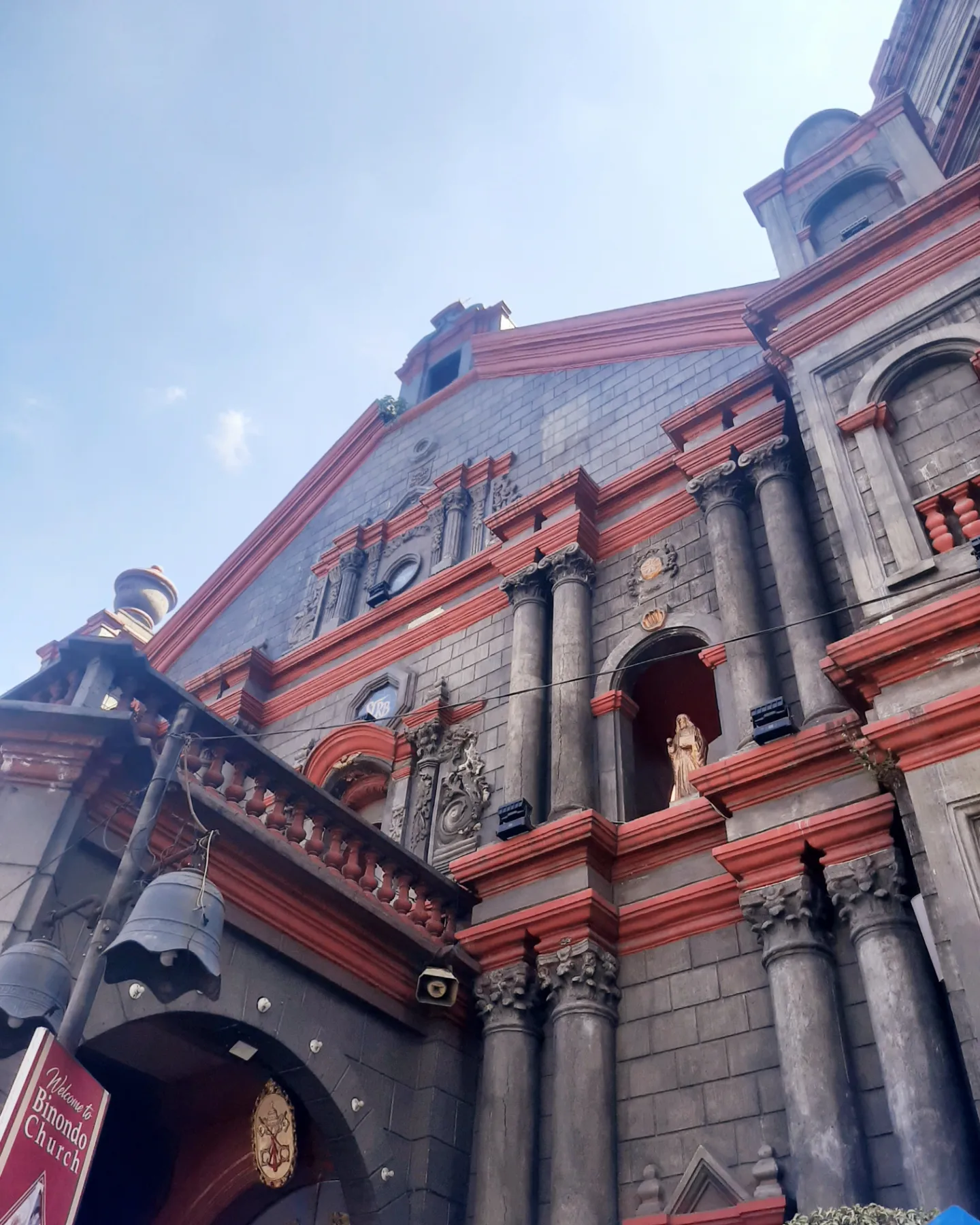
Binondo Church, formally known as the Minor Basilica of San Lorenzo Ruiz and Our Lady of the Most Holy Rosary Parish, is a Roman Catholic church located in the district of Binondo in Manila, Philippines. It is one of the oldest churches in the Philippines and is considered a significant cultural and historical landmark in the country.
The church is dedicated to San Lorenzo Ruiz, the first Filipino saint, and Our Lady of the Most Holy Rosary. The church is renowned for its Baroque architecture, featuring ornate designs, intricate details, and a distinct Chinese influence reflective of its location in the heart of Manila’s Chinatown.
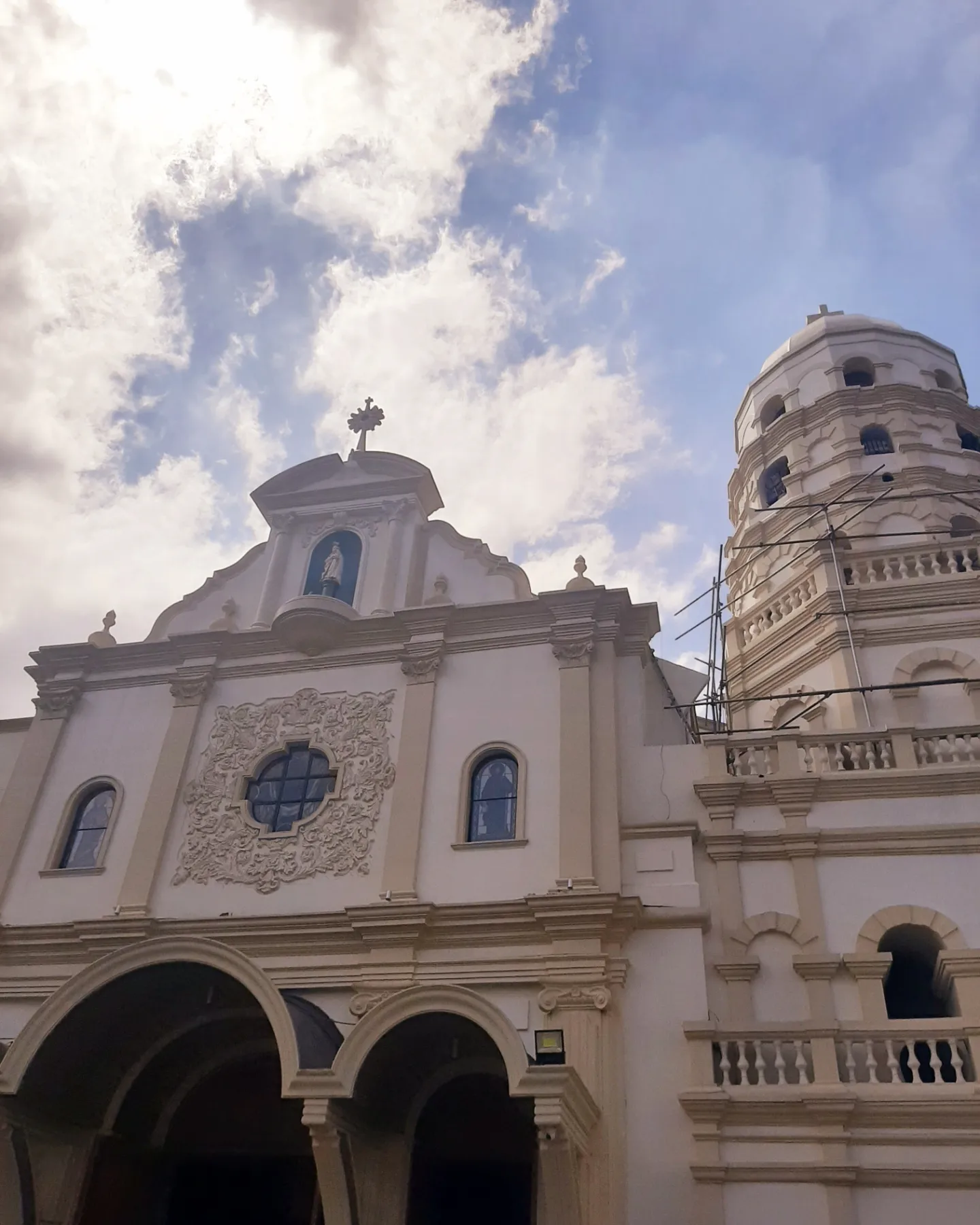
Santa Cruz Church, officially known as the Archdiocesan Shrine of Nuestra Señora de Guia, is a Roman Catholic church located in the district of Santa Cruz in Manila, Philippines. It is one of the oldest churches in the country, with its history dating back to the Spanish colonial period.
The church has historical significance as it has witnessed various events in Philippine history, including the British occupation of Manila in the 18th century and the Philippine Revolution against Spanish colonial rule. It has also been a center of religious and cultural activities for the local community throughout its history. It continues to be an important cultural and religious landmark in Manila, attracting tourists and pilgrims who come to admire its architecture and to experience its rich history and spiritual ambiance.
Why Visita Iglesia still relevant?

During Visita Iglesia, pilgrims visit each church, they offer prayers, light candles, and sometimes participate in special religious services or rituals. Many believers also take the opportunity to perform acts of penance and reflection, meditating on the passion and sacrifice of Jesus Christ and seeking spiritual renewal and enlightenment.
Visita Iglesia is not only a time for personal devotion but also a communal expression of faith and solidarity. It fosters a sense of unity among Catholics as they come together to commemorate the solemnity of Holy Week and to reaffirm their commitment to their religious beliefs.
In recent years, Visita Iglesia has evolved beyond its traditional roots, with some churches and communities organizing special events, such as guided tours, concerts, and cultural activities, to enhance the pilgrimage experience and attract more participants.
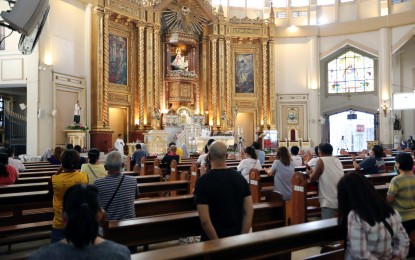
Despite these changes, the essence of Visita Iglesia remains deeply rooted in the Catholic faith, serving as a powerful reminder of the passion, death, and resurrection of Jesus Christ and the enduring significance of the church in the lives of believers. It is a tradition that continues to inspire and enrich the spiritual lives of millions around the world, uniting them in prayer and devotion during the holiest time of the Christian calendar.
